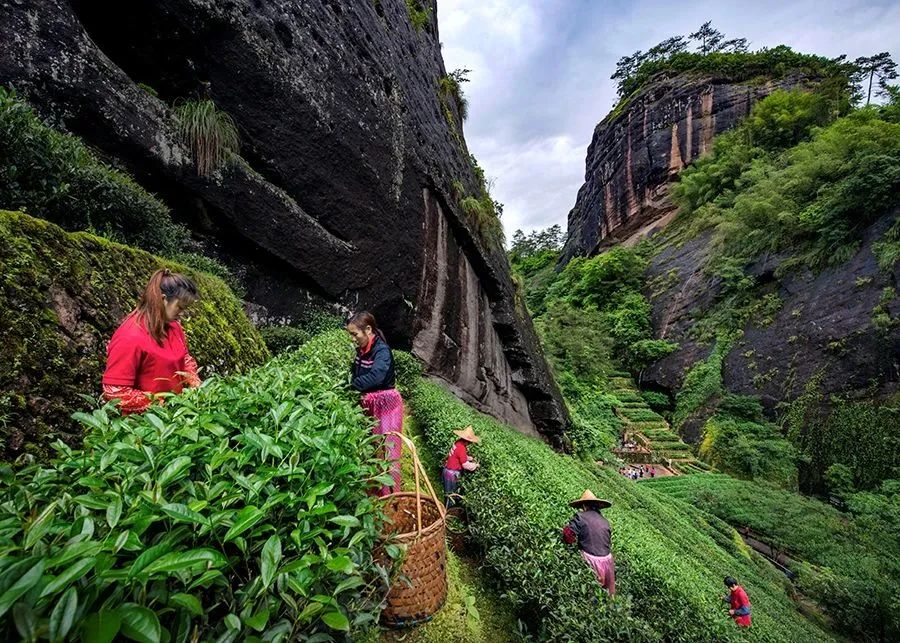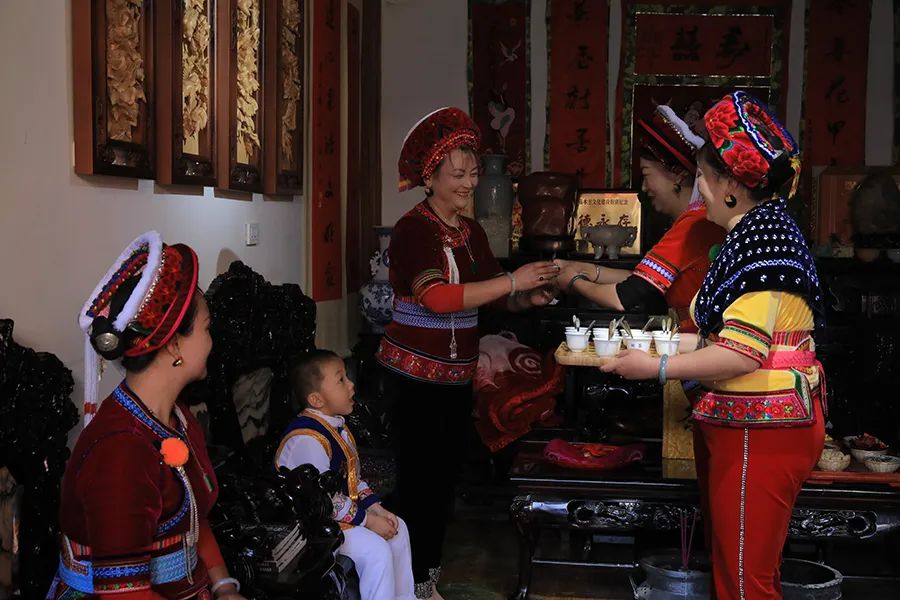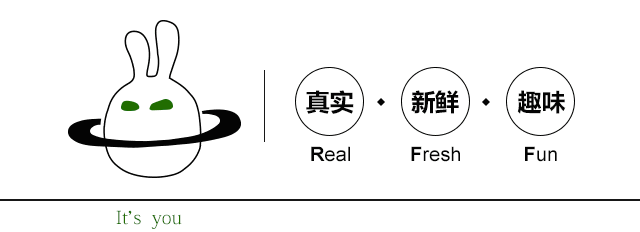导读
北京时间11月29日晚,我国申报的“中国传统制茶技艺及其相关习俗”在摩洛哥拉巴特召开的联合国教科文组织保护非物质文化遗产政府间委员会第17届常会上通过评审,列入联合国教科文组织人类非物质文化遗产代表作名录。至此,我国共有43个项目列入联合国教科文组织非物质文化遗产名录、名册,居世界第一。
“中国传统制茶技艺及其相关习俗”是有关茶园管理、茶叶采摘、茶的手工制作,以及茶的饮用和分享的知识、技艺和实践。自古以来,中国人就开始种茶、采茶、制茶和饮茶。制茶师根据当地风土,运用杀青、闷黄、渥堆、萎凋、做青、发酵、窨制等核心技艺,发展出绿茶、黄茶、黑茶、白茶、乌龙茶、红茶六大茶类及花茶等再加工茶,2000多种茶品,供人饮用与分享,并由此形成了不同的习俗,世代传承,至今贯穿于中国人的日常生活、仪式和节庆活动中。
The tea that has delighted and fascinated the world for millennia has finally received top-level global recognition as a shared cultural treasure of mankind.
Traditional tea processing techniques and their associated social practices in China were added to UNESCO’s Representative List of the Intangible Cultural Heritage of Humanity on Tuesday.

▲ White tea during the process of withering in Fujian province. Photo provided to chinadaily.com.cn
The status was conferred by the Intergovernmental Committee for the Safeguarding of Intangible Cultural Heritage, hosted in Rabat, Morocco. It consists of knowledge, skills and practices concerning management of tea plantations, picking of tea leaves, and the processing, drinking and sharing of tea.
According to UNESCO, in China traditional tea processing techniques are closely associated with geographical location and natural environment, resulting in a distribution range between 18°-37° N and 94°-122° E.
The techniques are mainly found in the provinces and autonomous regions of Zhejiang, Jiangsu, Jiangxi, Hunan, Anhui, Hubei, Henan, Shaanxi, Yunnan, Guizhou, Sichuan, Fujian, Guangdong and Guangxi. Associated social practices, however, are spread throughout the country and shared by multiple ethnic groups.

▲ Tea growers work on Wuyi Mountains in Fujian province. Photo provided to chinadaily.com.cn
Over 2,000 tea varieties, mainly in six categories — green, black, yellow, oolong, white and dark — are grown in China. Core skills includeshaqing(enzymeinactivation),menhuang(yellowing),wodui(piling),weidiao(withering),zuoqing(leaves shaking and cooling),fajiao(oxidation or fermentation) andyinzhi(scenting).
Tea-related customs are not only found across the country, but also influenced the rest of the world through the ancient Silk Road and trade routes.
As a document from the Ministry of Culture and Tourism to UNESCO explained, tea is ubiquitous in Chinese people’s daily life. Steeped or boiled tea is served in homes, workplaces, tea houses, restaurants, temples and used as an important medium for communication in socializing and ceremonies such as weddings, apprentice-taking and sacrifices.

▲Tea is offered at a wedding of Bai ethnic group in Yunnan province. Photo provided to chinadaily.com.cn
“Practices of greeting guests with tea and building good relationships within families and among neighborhoods through tea-related activities are shared among multiple ethnic groups, and provide a sense of identity and continuity for communities, groups and individuals concerned,” the document said.
In China, 44 registered national-level intangible cultural heritage entries are related to tea. There are over 40 vocational colleges and 80 universities in China that have set up majors in tea science or tea culture, resulting in over 3,000 graduates specializing in tea production and art every year, according to the ministry.
The inscription of the element is the 43rd entry from China on the Representative List of the Intangible Cultural Heritage of Humanity, whose total tops all other countries.
记者:王恺昊
推 荐 阅 读

限 时 特 惠: 本站每日持续更新海量各大内部创业教程,一年会员只需98元,全站资源免费下载 点击查看详情
站 长 微 信: lzxmw777






